In the name of the Spanish crown, Juan José Pérez Hernández was the first European in recorded history to "sight, examine, name, and record" the rugged coast of present-day British Columbia.
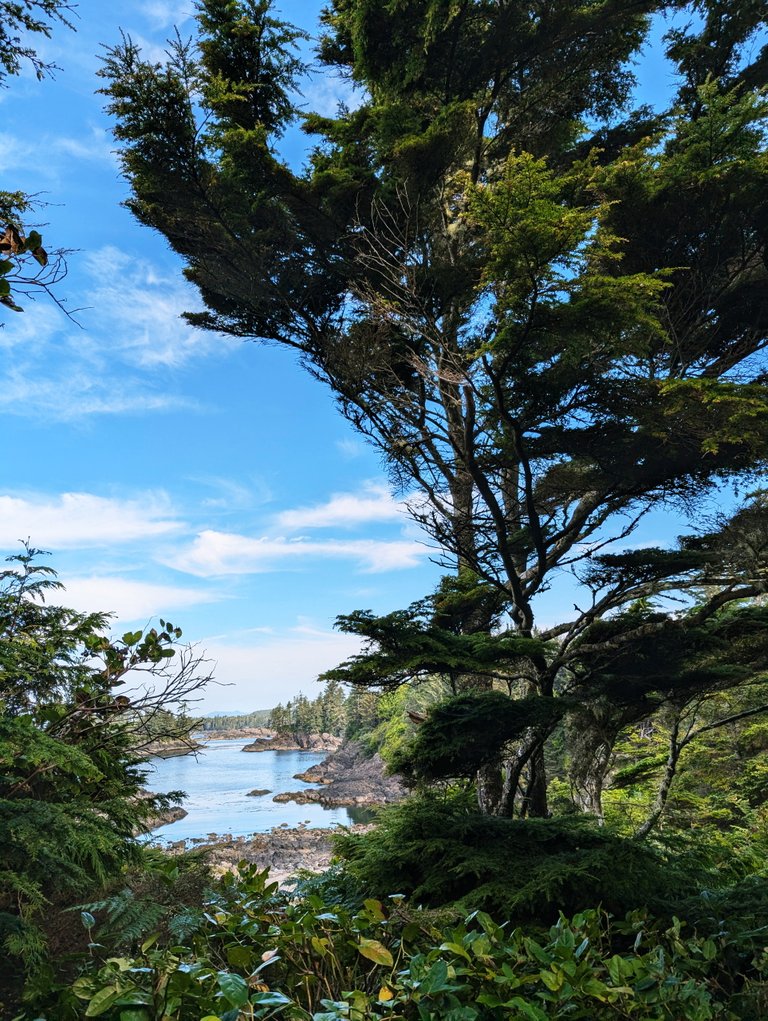
The roughness of the landscape cannot be understated. Here's the western end of Canada in the Pacific Rim. Beyond it lies the open ocean.
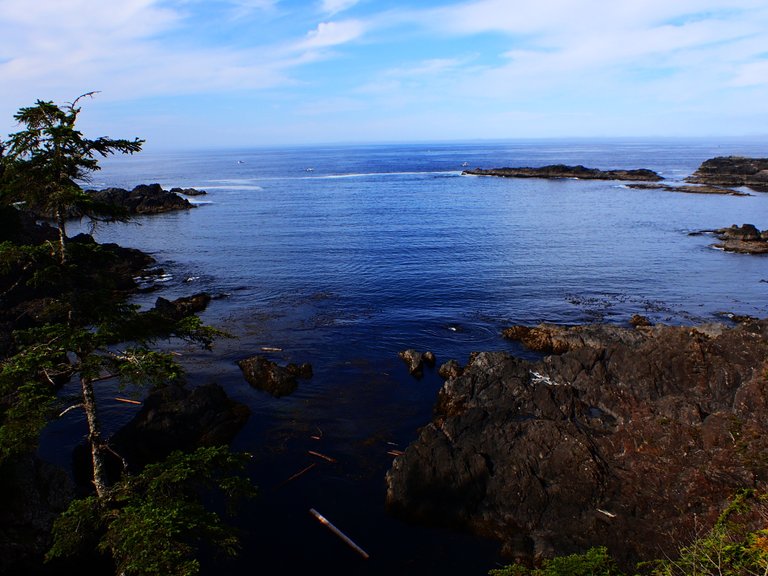
Back in the 1700s, this was the edge of the known world, upon rumours of Russian infiltration, the Spanish crown sent the Mallorcan mariner Juan Pérez to the wild shores of the Pacific Northwest. What a sight it must have been when he arrived in July of 1774 to what is now Haida Gwaii (formerly Queen Charlotte islands).
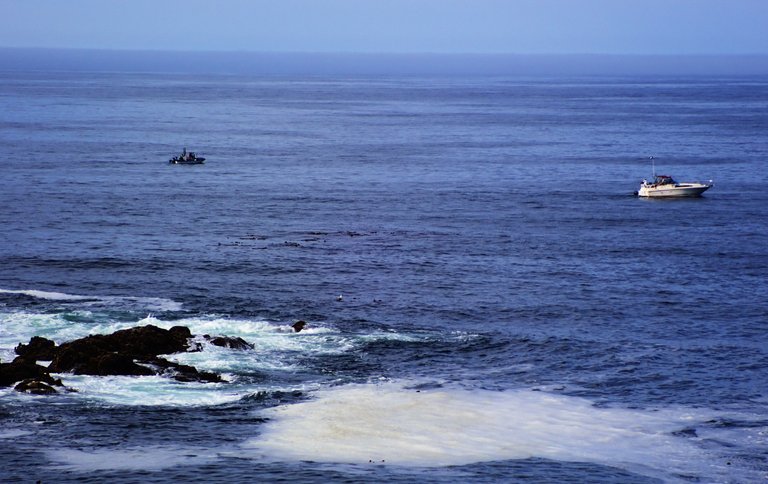
The intrepid explorers even established trading relations- fur pelts in exchange for metalworks and other goods- with the local natives, whom they were explicitly told to treat with respect.
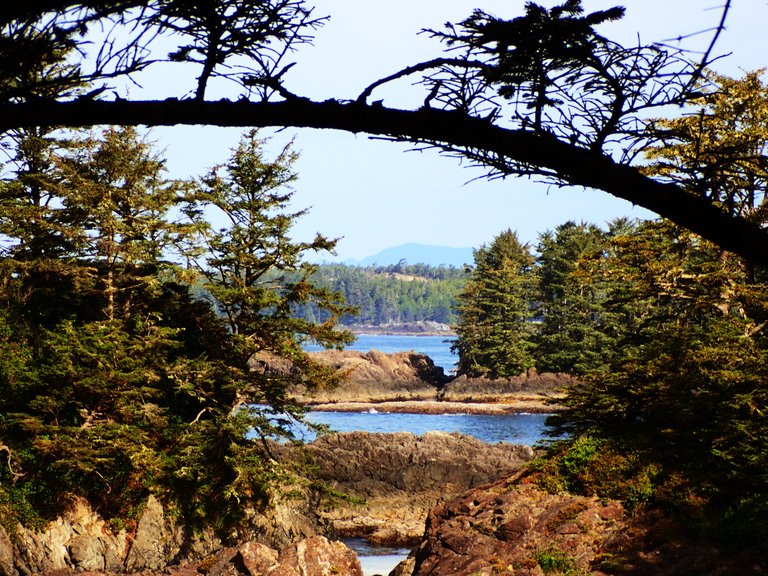
To travel from the Atlantic to the Pacific required a dangerous little trip around Cape Horn in the Tierra del Fuego archipelago of Southern Chile (Wikipedia, 2024), so nations were keen on finding another passage from the Atlantic to the Pacific, and they thought that such a passage lay in the Pacific Northwest. The regal navigator known as Captain James Cook was tasked with this project, and he reached Nootka Sound on Vancouver Island in his third and final voyage.

He was a distinguished and accomplished captain, having circumnavigated the globe twice and made fellow of the Royal Society in England. Like his Spanish predecessors, the English captain contacted the natives and even came ashore (thus laying formal claim to this territory for the British crown). The surveyors and scientists mapped the shore. It is said, Captain Cook's maps were filled with such exquisite detail and accuracy that some of his maps were used for 200 years ( Wikipedia, 2024 ).
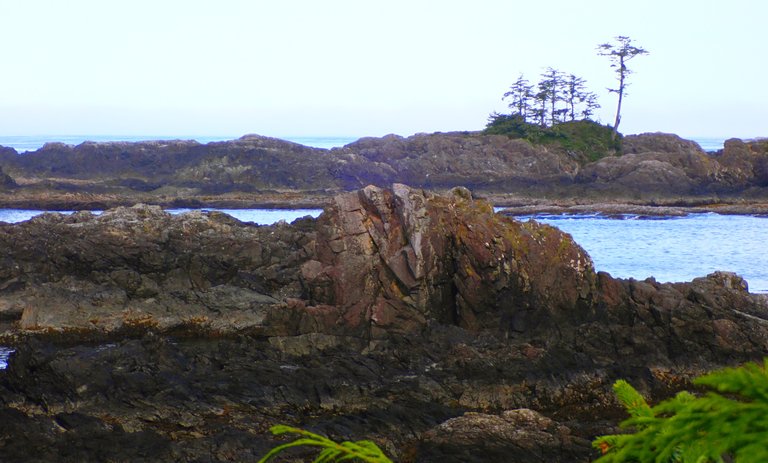
What a sight!
Following a deep water channel, Captain Cook spotted a gap in the windswept coastline that led into Nootka sound (formerly known as King George's sound), where rocky shores and islands lay scattered throughout the coast, dense with forest of cedars, Douglas firs, pines, and other rainforest vegetation.

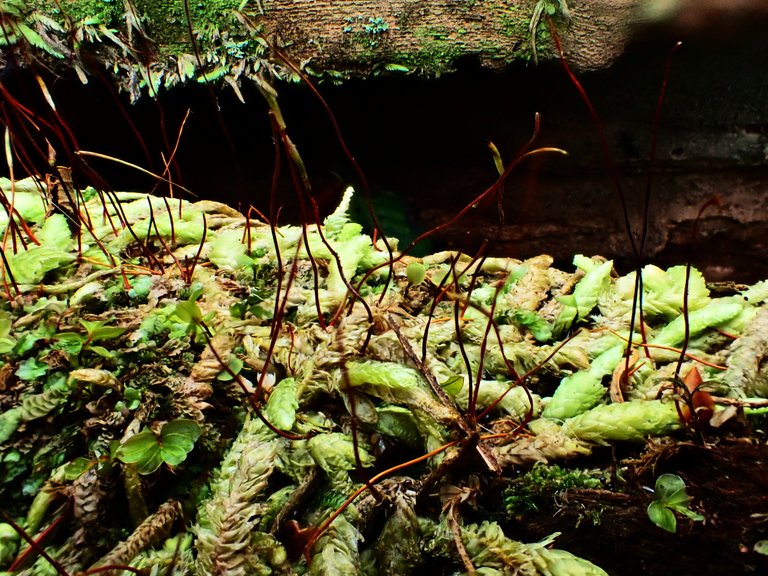
For five weeks, Captain Cook remained in the area to resupply and repair the ship, survey the coast, and interact with the locals. He traded a variety of goods with the indigenous people, particularly sea otter pelts. I read that his notes and insights into native culture were written with a sensitivity that was not common at the time. Being a worldly man, he was likely more understanding of and in tune with the racial and cultural differences among peoples of the world. Still, the relationships with the natives became strained as trading mechanisms kicked into high gear. Having traveled far and wide, Captain Cook knew that there was danger in contact with other cultures. Indeed, later, in Hawaii, things took a tragic turn with the locals.
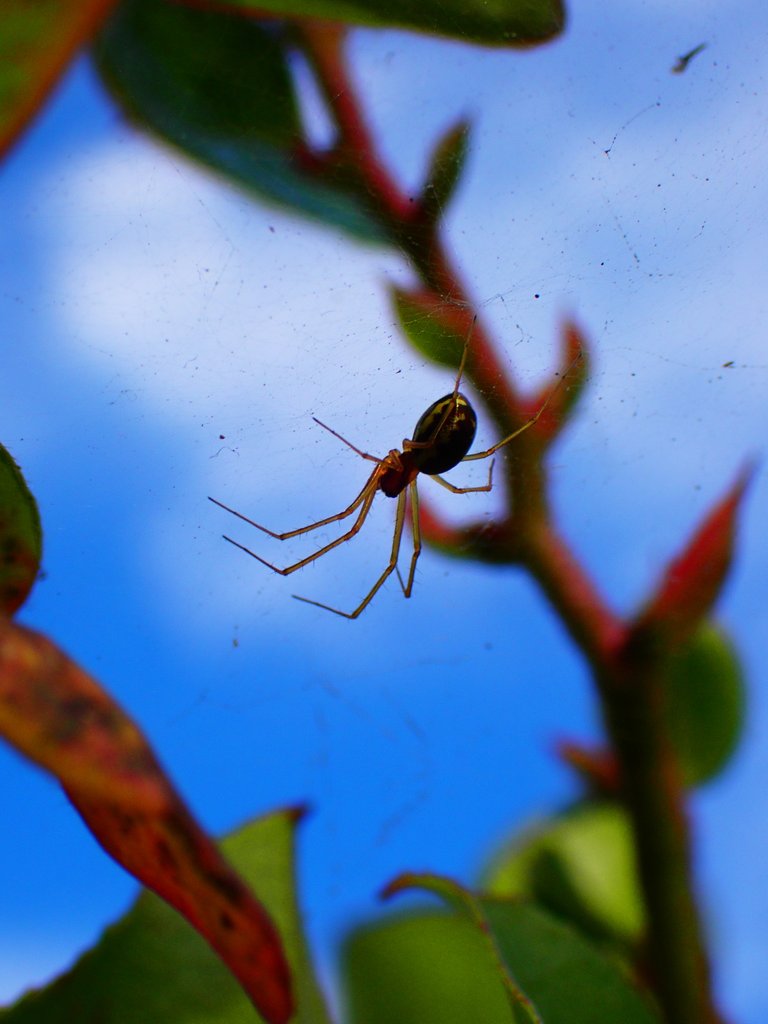
I can hear the echo of sea lions somewhere down on the rocks, but there's no sight of them. Sea lions, otters, seals, dolphins, salmon, orcas, gray & humpback whales, wolves, black bears are some of the species that call this area home. There are signs reminding you of this fact throughout the trail.
 Restricted Access- Wolves, bear, cougars only
Restricted Access- Wolves, bear, cougars only
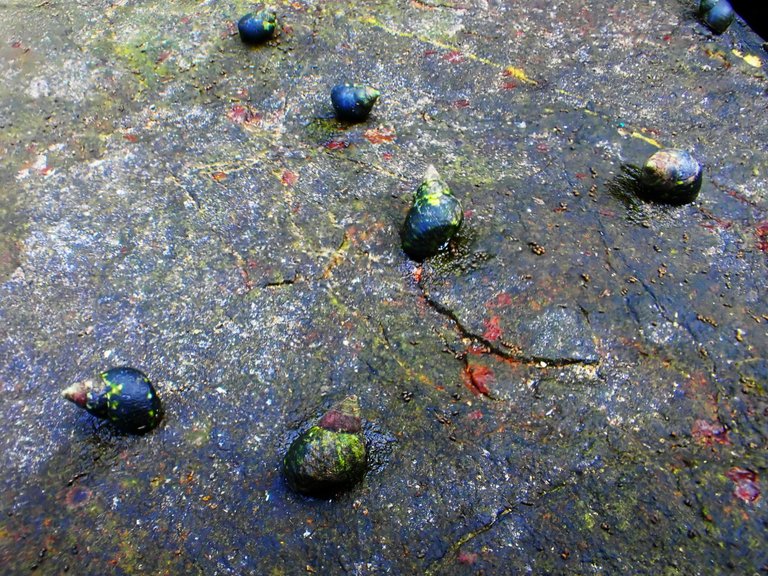
This region of the Pacific was not so easy to navigate because of the stormy seas, especially during the cold seasons. It was known to be a ship graveyard. During the warm summer months, it's a magical world with swathes of ferned forests and jagged coastline as far as the eye can see.

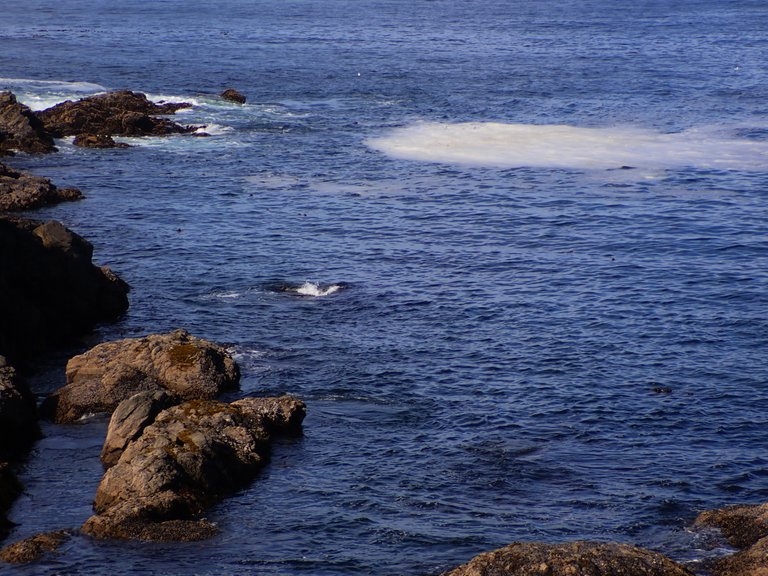
Sadly, Captain James Cook met a tragic end at the hands of a mob in Hawaii after he tried to kidnap a chief over some disputes. These tales of cultures interacting, for good or ill, are as old as time itself, where human history is concerned. The inevitability of contact between cultures, and its consequences seem clearly written in the stars. Our need to know what splendours lie beyond- to reach out a hand (or fist) in contact is a motivating force. Captain Cook took his infamous and notable place in history by systematically charting the way into these unmapped territories.
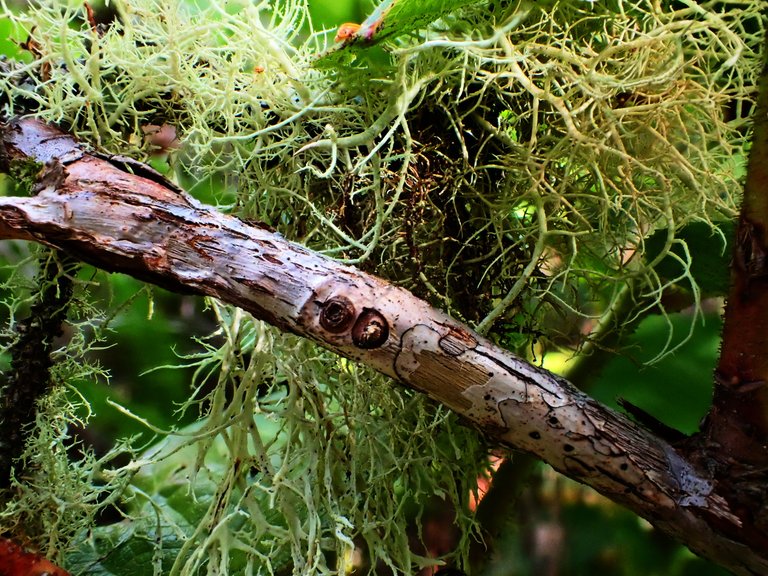
 |  |  |  |
|---|---|---|---|
| X | InLeo | NFT Showroom |
Posted Using InLeo Alpha